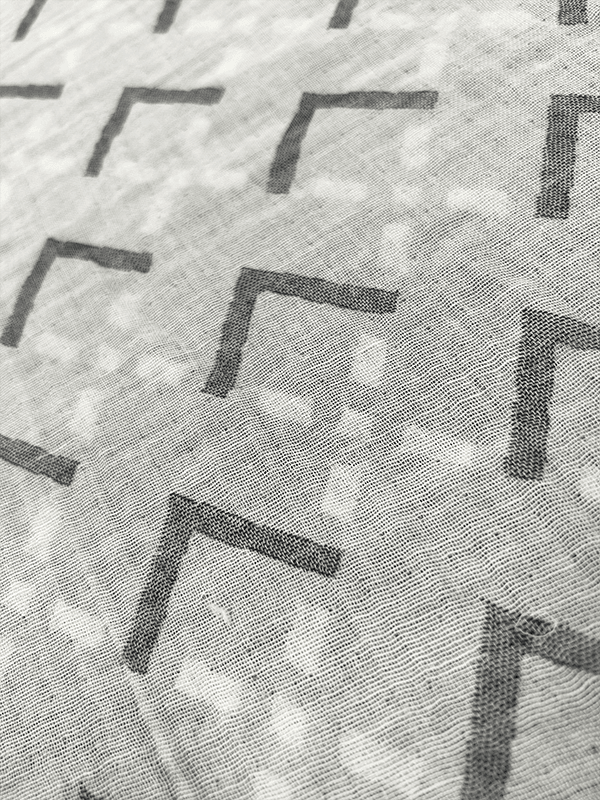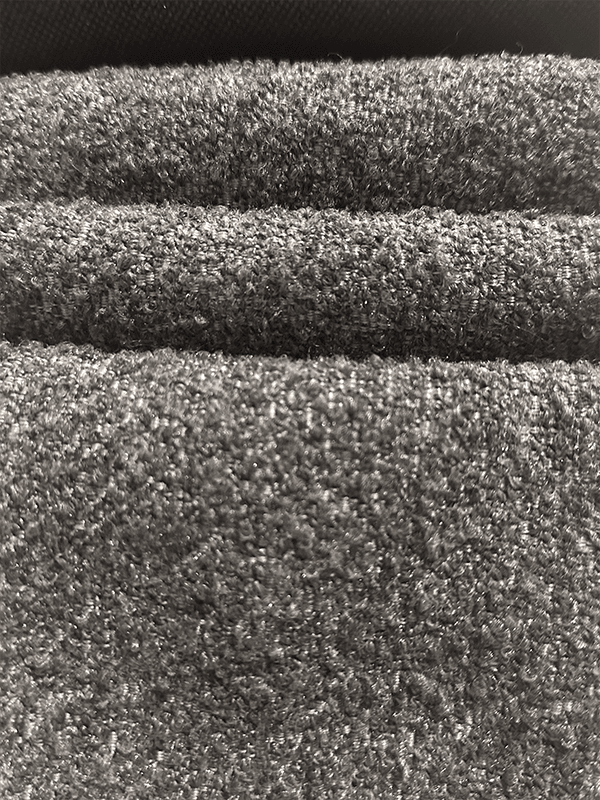When it comes to luxurious yet practical textiles, few fabrics strike the ideal balance as elegantly as cotton jacquard. Revered for its intricate patterns, durability, and natural comfort, cotton jacquard fabric has become a favorite in fashion, home décor, and upholstery. But what exactly sets it apart from other woven fabrics? Is it truly worth the often higher price tag? And how does it compare to plain cotton or synthetic alternatives? Let’s explore the world of cotton jacquard fabric—its history, characteristics, uses, care, and whether it deserves a permanent place in your wardrobe or home.
What Is Cotton Jacquard Fabric?
Cotton jacquard fabric is a type of textile woven using a special loom—the Jacquard loom—that allows for the creation of complex, raised patterns directly into the fabric. Unlike printed fabrics where designs are applied on the surface, jacquard patterns are woven into the material, making them more durable and visually rich.
The term "jacquard" refers not to the fiber content but to the weaving technique, invented by Joseph Marie Jacquard in 1804. This revolutionary loom used punch cards to control individual warp threads, enabling the production of elaborate designs such as florals, damasks, and geometric motifs. Today, digital versions of the Jacquard loom allow for even greater precision and creativity.
When made from 100% cotton, this fabric combines the natural benefits of cotton—softness, breathability, and moisture absorption—with the visual elegance of woven patterns. The result is a fabric that feels as good as it looks.
Why Choose Cotton Jacquard?
Cotton jacquard stands out for several compelling reasons, making it a preferred choice for designers and consumers alike.
1. Visual Appeal and Texture
The defining feature of jacquard fabric is its textured, three-dimensional pattern. These woven designs add depth and sophistication to garments and home textiles. Whether used in a dress, pillow cover, or table runner, cotton jacquard instantly elevates the aesthetic.
2. Durability
Because the pattern is woven into the fabric rather than printed or embroidered, it won’t fade or peel over time. High-quality cotton jacquard is resistant to wear and maintains its appearance even after repeated use and washing.

3. Natural Comfort
Cotton is naturally breathable, hypoallergenic, and soft against the skin. When woven into jacquard, these qualities are preserved, making it ideal for clothing and bedding. Unlike synthetic jacquards, cotton versions don’t trap heat, making them suitable for warmer climates or sensitive skin.
4. Versatility
Cotton jacquard is used in a wide range of applications:
Apparel: Dresses, blouses, jackets, and skirts benefit from the fabric’s structure and elegance.
Home Décor: Curtains, cushion covers, and bedspreads made from cotton jacquard add a touch of luxury to interiors.
Upholstery: Its strength and abrasion resistance make it suitable for light-duty furniture, especially in vintage or artisanal designs.
5. Eco-Friendliness
As a natural fiber, cotton is biodegradable. When sourced organically and processed sustainably, cotton jacquard becomes an environmentally responsible choice compared to synthetic alternatives like polyester jacquard.
Are There Any Drawbacks?
Despite its many advantages, cotton jacquard is not without limitations.
1. Cost
The intricate weaving process requires specialized equipment and skilled labor, which increases production costs. As a result, cotton jacquard is typically more expensive than plain cotton or printed fabrics.
2. Weight and Drape
Depending on the weave density, cotton jacquard can be heavier and stiffer than other cotton fabrics. This may limit its use in flowing garments unless blended with lighter fibers.
3. Care Requirements
While cotton is generally easy to care for, jacquard’s detailed weave can be sensitive to harsh washing. High heat or aggressive cycles may cause shrinkage or damage the pattern. Hand washing or gentle machine cycles are often recommended.
4. Availability
True cotton jacquard is less common than synthetic or blended versions. Consumers must be careful to check labels, as many fabrics labeled "jacquard" are made from polyester or rayon.
How to Care for Cotton Jacquard Fabric
To preserve the beauty and longevity of cotton jacquard, follow these care tips:
Washing: Use cold or lukewarm water on a gentle cycle. Turn garments inside out to protect the pattern.
Detergent: Choose a mild, pH-neutral detergent to avoid fiber degradation.
Drying: Air dry when possible. If using a dryer, select a low-heat setting to prevent shrinkage.
Ironing: Use a medium-hot iron (cotton setting) and iron on the reverse side to avoid flattening the weave.
Storage: Store in a cool, dry place. Avoid plastic bags; use breathable cotton covers to prevent moisture buildup.
Cotton Jacquard vs. Other Fabric Types
To better understand where cotton jacquard fits in the textile world, let’s compare it with other common fabrics:
| Fabric Type | Pattern Method | Breathability | Durability | Softness | Best Uses |
| Cotton Jacquard | Woven-in | High | High | High | Apparel, home décor, upholstery |
| Printed Cotton | Surface print | High | Medium | High | T-shirts, casual wear, bedding |
| Polyester Jacquard | Woven-in | Low | High | Medium | Drapery, outdoor furniture |
| Linen | Plain or woven | Very High | Medium | Medium | Summer clothing, tablecloths |
| Silk Jacquard | Woven-in | Medium | Low-Medium | Very High | Formal wear, luxury bedding |
As the table shows, cotton jacquard excels in breathability and durability while maintaining a high level of softness and visual interest. While silk jacquard is softer and more luxurious, it is far more delicate and expensive. Polyester jacquard is durable but lacks the natural comfort of cotton. For everyday elegance with lasting quality, cotton jacquard holds a unique position.
Final Thoughts: Is Cotton Jacquard Worth the Investment?
Cotton jacquard fabric offers a rare combination of artistry and practicality. Its woven patterns are timeless, its material is natural and comfortable, and its applications are diverse. Whether you're designing a custom dress, reupholstering a chair, or selecting fabric for a statement curtain, cotton jacquard brings both beauty and resilience to the table.
Of course, it may not be the best choice for every project. If you need a lightweight, flowing fabric for a summer dress, a simple cotton voile might be more suitable. If you're on a tight budget, printed cotton could offer a similar look at a lower cost. But for those seeking a fabric that combines craftsmanship, comfort, and long-term value, cotton jacquard is hard to beat.
So, is cotton jacquard fabric the perfect blend of beauty and functionality? For many designers, artisans, and conscious consumers, the answer is a resounding yes. It proves that tradition, innovation, and nature can come together to create something truly special—thread by thread, pattern by pattern.

 English
English 中文简体
中文简体 Español
Español عربى
عربى












